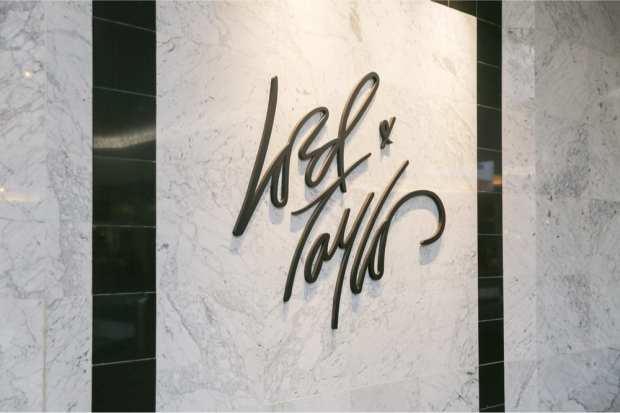Lord & Taylor Joins Retail Bankruptcy Watch

The retail bankruptcy watch intensified Tuesday (April 21) as the department store sector was hit by reports of yet another major player looking at that option. Lord & Taylor, now joining Neiman Marcus, is considering a bankruptcy filing as the COVID-19 lockdown continues to decimate non-essential retail.
According to Reuters, chapter 11 protection is one of several options being explored including relief from creditors and alternative financing. Fashion rental service Le Tote acquired Lord & Taylor last year from Saks Fifth Avenue owner Hudson’s Bay Company for $100 million. Hudson’s Bay still owns some of Lord & Taylor’s real estate is responsible for its rent payments, amounting to tens of millions of dollars a year, and potentially putting Hudson’s Bay in the same conversation as other department store casualties.
Speculation now moves to JCPenney, which was struggling before the coronavirus pandemic hit. According to the Dallas Business Journal, JCPenney had a turnaround plan before the pandemic hit. Last week it skipped a $12 million interest payment, though it also reportedly received a new financing offer. The Journal says that the online presence for Penney’s is lagging and it has already furloughed a majority of its employees. JCPenney has more than 800 stores, and several analysts believe that may be hundreds more than what it would need even in a healthy economy.
The spate of bankruptcies also presents two ancillary issues: One: Why haven’t retailers been helped by the various stimulus packages coming out of Washington? Two: Is bankruptcy a positive strategy in the current environment?
The first issue has caught department stores head on. While restaurant chain Shake Shack is giving $10 million back to the government, no such stories have been attributed to the retail sector. “Many mid-sized retailers do not qualify for programs the government has begun to roll out to save ailing companies,” says CNBC. “They are too big to qualify for the Main Street lending program aimed at companies with fewer than 10,000 employees or $2.5 billion in sales. Their debt is too distressed to qualify for the Primary Market Corporate Credit Facility aimed at larger companies.”
Retail lobbyists, including the National Retail Federation (NRF), have failed to get the government’s attention for non-essential retail up to this point, despite several publicly published communications.
“The NRF urges you to take steps now to ensure that our nation’s largest retailers can rely on the same economic support programs that have been made available to America’s small businesses and largest corporations,” the NRF wrote to Treasury Secretary Steven Mnuchin and Federal Reserve Chairman Jerome Powell last week in a letter obtained by CNBC. “Prompt access to financial relief should be available to hard-hit businesses of all sizes. If appropriate attention is not paid to the financial needs of this important sector, the disruptions of the pandemic on retailers and their workers may have adverse long-term consequences on the larger economy.”
And is bankruptcy a sold move? There’s a school of thought that says it is. It holds off creditors temporarily, and retailers are still hoping that they can weather the COVID-19 storm. Consumers would most likely reserve judgment on the stigma that usually goes with bankruptcy, and if the Chapter 11 cases make it to court, it’s likely they will meet with a sympathetic judicial system given the nature of the crisis.
“With rent, interest, and other expenses continuing to accrue and no idea on when stores will be allowed to reopen, retailers are coming to the conclusion they must get ready to file for bankruptcy to alleviate costs in the hopes of surviving,” according to Yahoo Finance. “The avalanche of filings are likely to begin hitting around the time of store re-openings in late May and early June, experts believe.”
“I think many of these companies will file [for bankruptcy], and it’s not a handful. It’s several dozen. And that’s a scary number. It’s far more than we have seen over the last several years combined,” said Stifel managing director Michael Kollender.
